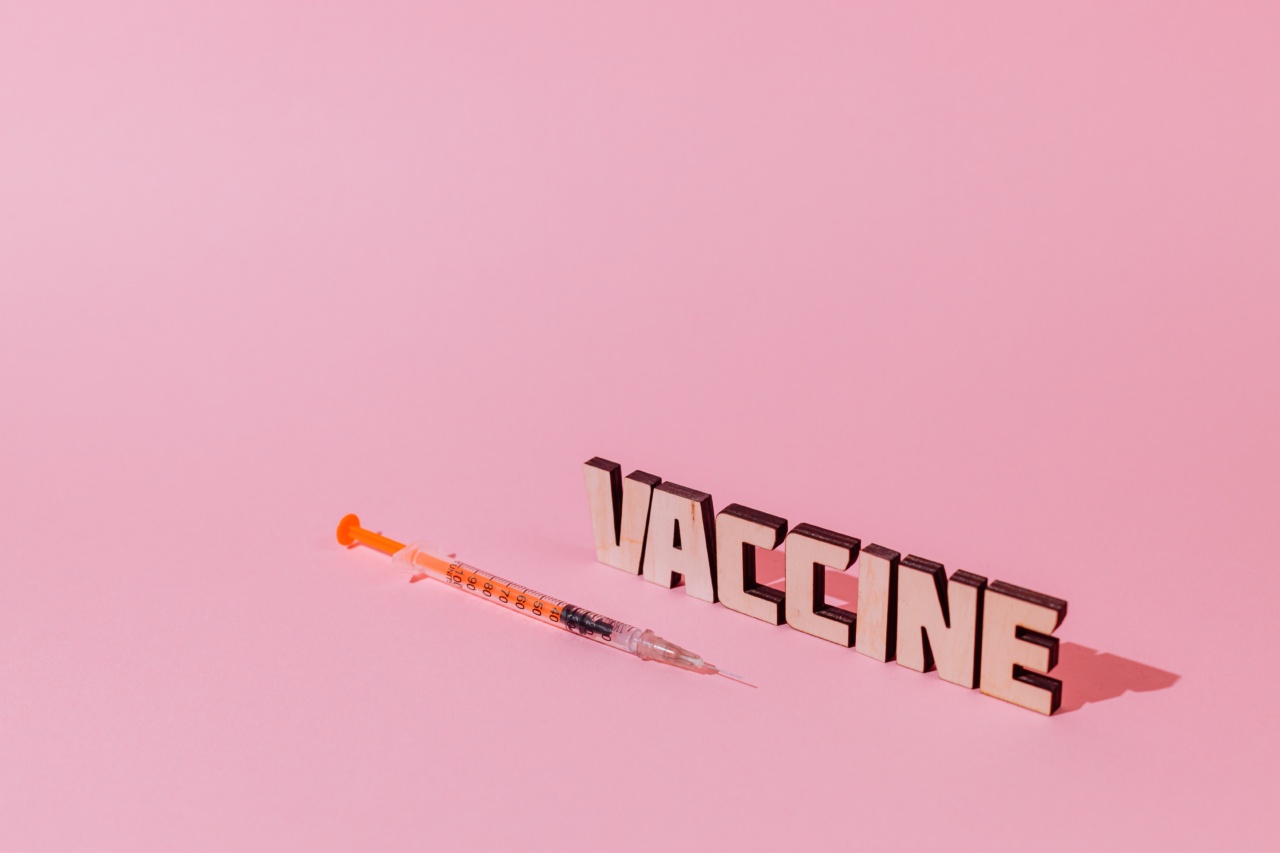Prostatitis is a common inflammatory condition that affects the prostate gland, a small organ located between the bladder and the base of the penis in men. It can cause a range of uncomfortable symptoms and lead to complications if left untreated.
In this article, we will explore the different types of prostatitis, their symptoms, potential complications, and available treatment options.
Types of Prostatitis
Prostatitis is classified into four main types:.
1. Acute Bacterial Prostatitis
Acute bacterial prostatitis is caused by a bacterial infection in the prostate gland. It is the least common form of prostatitis but can cause severe symptoms. Symptoms of acute bacterial prostatitis include:.
- Fever and chills
- Urinary urgency
- Difficulty urinating
- Pain or burning sensation during urination
- Pain in the lower abdomen, lower back, or perineum
- Blood in the urine or semen
2. Chronic Bacterial Prostatitis
Chronic bacterial prostatitis is characterized by recurrent urinary tract infections in the prostate gland. The symptoms may be less severe than acute bacterial prostatitis but can be persistent. Common symptoms include:.
- Urinary frequency and urgency
- Discomfort or pain in the pelvic area
- Painful ejaculation
- Recurrent urinary tract infections
3. Chronic Prostatitis/Chronic Pelvic Pain Syndrome (CP/CPPS)
This is the most prevalent type of prostatitis. The exact cause is unknown, but it may be related to inflammation, pelvic floor muscle dysfunction, or nerve damage. Symptoms of CP/CPPS can vary greatly and may include:.
- Persistent pain in the pelvic area, genitals, or lower back
- Painful urination or ejaculation
- Urinary symptoms (frequent urination, hesitancy, weak urine flow)
- Sexual dysfunction
4. Asymptomatic Inflammatory Prostatitis
Asymptomatic inflammatory prostatitis is characterized by inflammation of the prostate gland without any accompanying symptoms. It is typically identified during diagnostic tests conducted for other prostate-related conditions.
Symptoms and Complications
While the symptoms may vary depending on the type of prostatitis, some common symptoms include:.
- Pain or discomfort in the pelvic area
- Difficulty urinating
- Urinary urgency or frequency
- Painful ejaculation
- Sexual dysfunction
If left untreated, prostatitis can lead to several complications, such as:.
- Recurrent urinary tract infections
- Prostate abscess
- Infertility
- Epididymitis (inflammation of the epididymis)
Treatment Options
Treatment for prostatitis depends on the underlying cause and the severity of symptoms. It may involve a combination of the following approaches:.
1. Antibiotics
If the prostatitis is caused by a bacterial infection, antibiotics are prescribed to eliminate the infection. The specific antibiotic and duration of treatment depend on the type of prostatitis and the causative bacteria.
2. Alpha-Blockers
Alpha-blockers are medications that relax the muscles around the prostate and bladder neck, improving urine flow and reducing urinary symptoms associated with prostatitis.
3. Anti-Inflammatory Drugs
Nonsteroidal anti-inflammatory drugs (NSAIDs) may be recommended to reduce pain and inflammation in cases of chronic prostatitis or chronic pelvic pain syndrome.
4. Physical Therapy
Physical therapy techniques, such as pelvic floor muscle exercises, may be beneficial in managing symptoms associated with prostatitis, especially in cases of chronic prostatitis or chronic pelvic pain syndrome.
5. Lifestyle Modifications
Implementing certain lifestyle changes can help manage and reduce the symptoms of prostatitis.
These may include avoiding triggers such as caffeine and alcohol, regular exercise, stress management techniques, and maintaining good overall prostate health.
6. Prostate Massage
In some cases, a healthcare professional may perform a prostate massage to help relieve symptoms of chronic prostatitis by improving blood flow and reducing inflammation in the prostate gland.
Conclusion
Prostatitis is a condition that can significantly impact the quality of life for affected individuals.
Understanding the different types of prostatitis, recognizing its symptoms, and seeking timely medical intervention is essential for effective management and prevention of complications. If you experience any symptoms suggestive of prostatitis, it is advisable to consult a healthcare professional for an accurate diagnosis and appropriate treatment.































